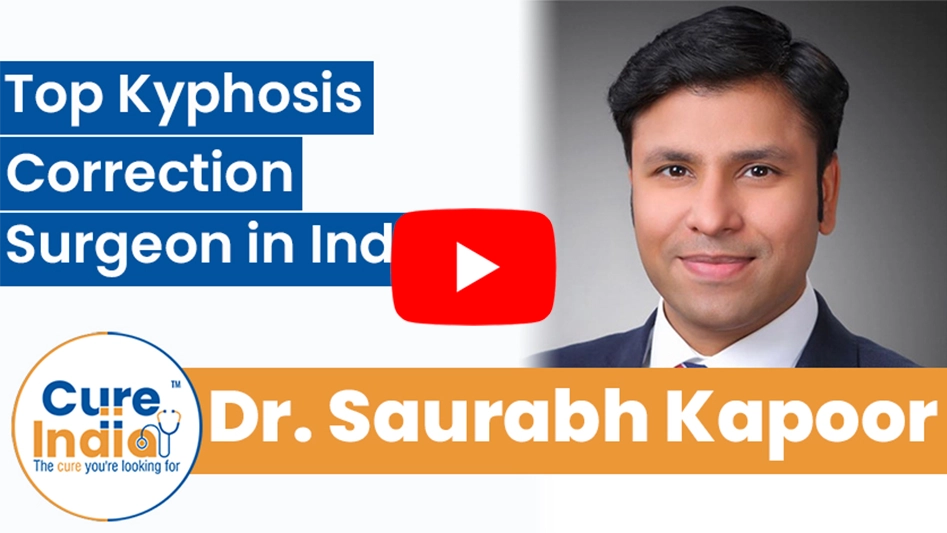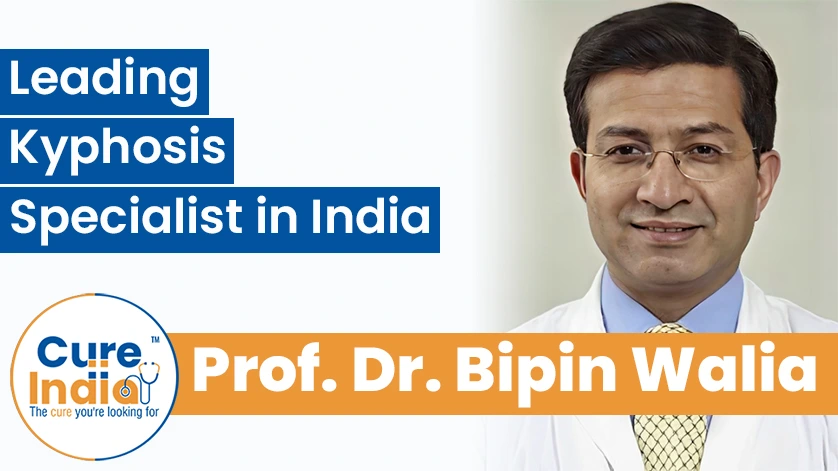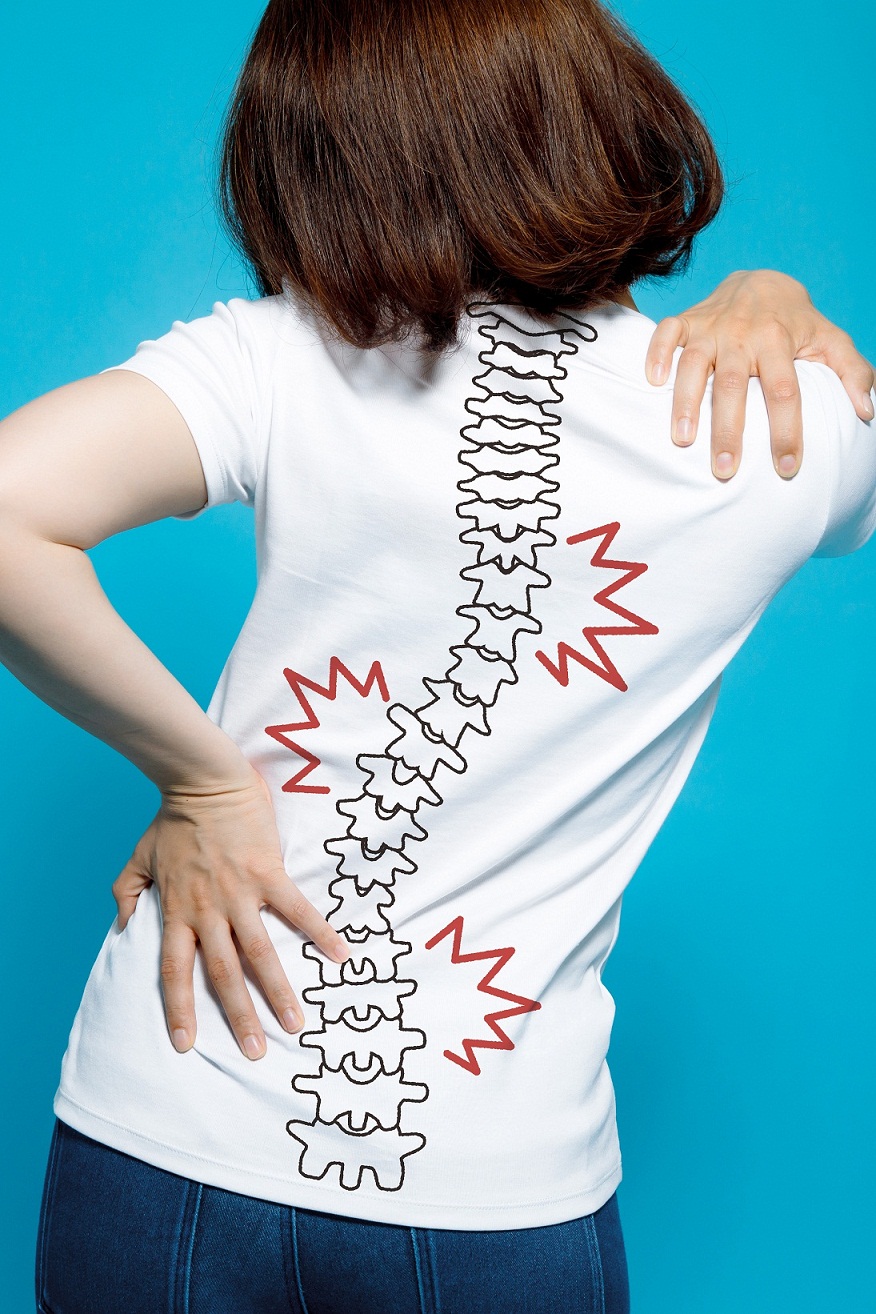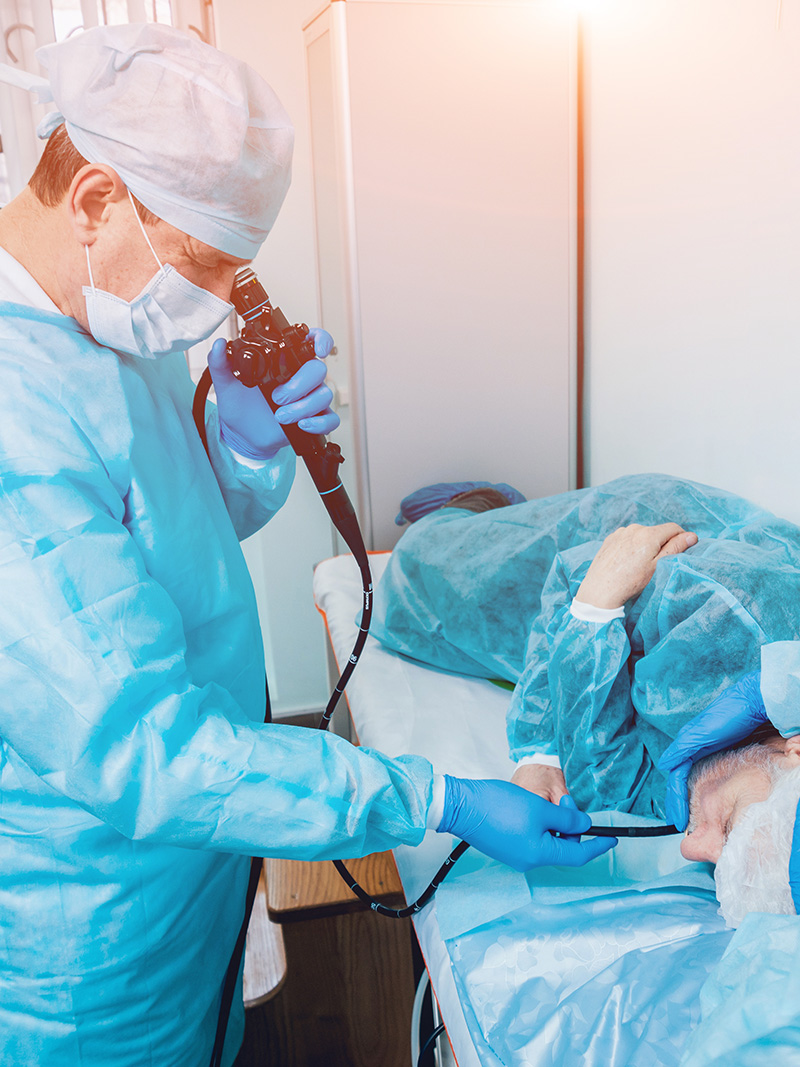

Many Africans travel to other countries for special medical care every year. They want the best medical care that they can get for their treatment. Finding the best possible medical treatment at low costs in their home countries is hard. This is why a lot of people from Kenya, Congo, Ethiopia, and Nigeria often come to India for their medical care, especially kyphosis treatments. India is a great place for getting medical treatments at low prices. It has good doctors, top kyphosis hospitals, and best quality treatment at cheap costs. This unique blend makes Kyphosis correction surgery in India a top pick for spine aptients. They get great care at low prices here. It costs way less than in Western nations but works just as well. This helps people get the care they need at a fair rate.
Kyphosis is a spine condition in which the spine curves rounded. This is not normal. It can cause pain and make it hard to move well. Surgery is required to realign the spine and correct the curvature in certain cases. The spinal cord curves forward as a result of a spinal condition termed kyphosis also referred to as roundback kyphosis or hunchback kyphosis. Back discomfort and stiffness may result from the kyphosis-induced weakening of the vertebrae. This type of kyphosis usually occurs in adults between the ages of 20 and 40. To correct severe spinal curvature, patients with kyphosis require surgery.
Kyphosis correction surgery is recommended for patients with severe postural correction problems and congenital kyphosis. Spinal fusion is most commonly used to treat kyphosis. The vertebrae must form together to form the individual components of a skeleton. To further enhance bone graft fusion and stabilise the spine, other surgical techniques include implanting rods, screws, and plates. This reduces the curvature of the spine and adjusts with the correct hunchback posture.
This treatment page discusses the options for hunchback kyphosis treatment in India, their effectiveness, and the healing process.
Kyphosis, which has also been referred to as 'hunchback' or 'curved spine kyphosis', is a spinal problem characterised by an over-outward bowing of the spine curvature. Usually, the healthy spine's upper back area (thoracic region) is characterised by a slight curve. But in people with kyphosis, this curve is accented leading to the shoulders seeming rounded and the upper back with the impression of a person bent over.
Kyphosis affects people of different ages – from kids to teenagers and adults. It may be caused by several factors that may include poor posture, degenerative diseases, developmental abnormalities, or traumatic injuries. The kyphosis level can go from mild to severe, and it can influence an appearance, posture and, in general affect a person's quality of life.
Scheuermann's kyphosis, or Scheuermann disease, is a more severe type of kyphosis that often presents during an adolescent’s growth spurt stage. It comes from structural deformities of vertebrae, which result in rigid and immovable angled postures of the spine.
Early diagnosis and proper treatment are the central points of hunchback kyphosis treatment in India. Severe deformity may progress with time and complicate the patient with such difficulties as breathing disorders, constant pain and mobility decrease. Treatment methods may employ physical therapy, bracing, and if the curve is really bad, surgery to correct hunhback posture.

1. Postural Kyphosis: Postural Kyphosis is the most cited form of a stooping spine. It results from poor posture, which results from sitting in poor postures for a prolonged time. It can be while slouching or staying in a hunched position. Mostly, kyphosis caused by posture can be addressed by postural exercises, and body alignment can also be corrected using lifestyle adjustments.
2. Scheuermann's Kyphosis: Also known as Scheuermann's kyphosis is another type, characterised by even greater curves. It occurs typically during the adolescent growth spurt. It comes about in the form of deformities in the vertebrae structure, which, as a result, result in a wide fixed spine.
3. Cervical Kyphosis: With that kind of kyphosis, an increased curve in the neck which differs from normal curvature at the cervical section (neck region). It may be due to the wrinkling of discs or degeneration or tangential fractures which result in the refinement of bone spurs.
4. Kyphosis in adults: Though the scheme of kyphosis is broadly connected with adolescents, it can underline or worsen in adults because of factors like osteoporosis, degenerative intervertebral disc disease, or spinal cord injuries.
■ Abnormal curvature of the spine: The main symptom that gets the most attention is a visual oddity of the spine which forms a curve outward which gives it the impression of a ’hunchback’ or a ’curved spine’.
■ Rounded shoulders and back: As the disease worsens, the chest and upper back may look more rounded, or the back may be bent in a kyphotic (kyphosis), also known as a hunched-over type.
■ Back pain: An affected person with kyphosis may be unfortunate to get backache in their back, with pain being centred at the curved area.
■ Fatigue: There is additional stress on the spine that may, in turn, cause muscle fatigue and muscle weakness that is out of the norm.
■ Breathing difficulties: Extremely high cases of kyphosis can also develop lung problems by the curvature of the back pressing on the lungs and making breathing less comfortable.
■ Nerve compression: If the spin shortens the spinal cord and combs nerve roots with it, it may cause arms numbness and tingling or weakened legs.
■ Appearance concerns: Kyphosis, known for physically altering the body shape, may produce this feeling of self-consciousness and social fear leading to anxiety, especially in adolescence.
■ Limited mobility: In extreme forms, these rigidities can make an adult unable to move freely or conduct day-to-day work.
In Scheuermann's kyphosis, which is usually diagnosed during adolescence, one of the symptoms could be back pain, tiredness and a recognition of a thoracic curve. Neck pain, headaches, and limited range of motion that is applied to the head and the neck can be caused by cervical kyphosis.
Rapid identification and acting towards kyphosis will ensure no more drastic progressions. Also, symptoms can be easily eliminated. If you or your loved one has any of the above symptoms, the first step would be to visit a healthcare professional, such as a kyphosis doctor in India. Following a thorough evaluation, the doctor will then be able to start your hunchback kyphosis treatment in India.
Kyphosis can emerge from various causes and the underlying cause varies correspondingly with the type of kyphosis. Here are some of the common causes:

■ Poor posture: Bad sitting, standing and walking postural habits, particularly while the spine is soft during puberty, not only create a rounded back (a condition known as postural kyphosis) but can also lead to more severe conditions.
■ Scheuermann's disease: Scheuermann's kyphosis results from the unusual development of the cartilage in the vertebrae. The vertebrae acquire wedge-shaped morphology that causes kyphosis or a typical hunchback appearance.
■ Osteoporosis: Advanced osteoporosis can affect old adults, who have weakened bones and consequently can cause loss of height because the vertebrae are compressed, resulting in curved spine kyphosis.
■ Spinal injuries or trauma: Pathologies such as spinal injuries or overgrown bone in the thoracic region induce kyphosis.
■ Neuromuscular disorders: Some cases of spontaneous curvatures, such as muscular dystrophy or cerebral palsy, may be due to the weakening of spinal muscles that help to support it and, as a result, cause the curve.
■ Spinal tumours or infections: Either tumours or infections in the vertebrae or the surrounding structures may lead to deformities, and the condition called kyphosis is often the result.
■ Ageing and degenerative diseases: As the person ages the disks between the vertebrae can break up, and the spine can correct to a curved shape the older they become leading to age-related kyphosis.
■ Connective tissue disorders: The human body helps itself either by healthy nutritional choices or by bending health risks by kyphosis due to conditions like Marfan syndrome or Ehlers-Danlos syndrome.
■ Metabolic disorders: A genesis of certain disorders such as rickets or osteogenesis imperfecta may be related to an abnormal calcium metabolism and thus may result in kyphosis.





Kyphosis treatment surgery can be really expensive, with a large waiting time in African countries. Compared to them, India has cost-effective kyphosis treatments with minimal waiting time. The kyphosis surgery cost in India is:
| Treatment | Cost in India | Stay in India |
|---|---|---|
| Hunchback Kyphosis Treatment in India | $10,000 - $16,000 | 10 Days |
The hunchback kyphosis treatment in India strives to meet the demands of different levels of kyphosis types and severity. The treatment regimen will be modified based on age, MR pathology, and the degree of the condition. Here are some common kyphosis treatment correction surgeries in India:
■ Physical therapy and exercise: For hunchback kyphosis, which is a mild case, physical therapy and special muscle mass strengthening exercises are helpful because they improve posture, which eventually results in the reduction of curvature.
■ Bracing: In developing children and young adults with considerable kyphosis, bracing could be a treatment option to slow down spinal deformation's advancement.
■ Kyphosis correction surgery in India: Extreme kyphosis can reach picture-perfect levels, such as Scheuermann's kyphosis, which stiffens the spine and resists medical treatments. Surgery may be suggested for scheuermann's disease treatment. Thus, it could include fusion of the spine with spinal instrumentation such as rods and screws or osteotomies of the undermined spine to repair the deformity and stabilize the spine.
■ Cervical kyphosis treatment: The modalities can range from orthotic cervical bracing to traction and diverse surgical approaches, including ACDF and osteotomies.
■ Scheuermann's disease treatment: Apart from bracing and surgical options, Scheunemann’s disease could also be managed with the help of anti-inflammatory medications and physical therapy to relieve the pain and speed up mobility.
■ Kyphosis treatment in adults: For adults with kyphosis, options for treatment are physical therapy, medicine to address the underlying disorders like osteoporosis, and if the case is severe, going under surgical operation like spinal fusion and osteotomies are some of the options to choose from.
In India, you can find a lot of hospitals and kyphosis doctors who are experts in the diagnosis and give best treatment of kyphosis in India.
Following the hunchback kyphosis treatment in India, patients will be allowed 3-4 months of recovery. The recovery period will be managed with a close watch and strict observance of the post-operative measures:
■ Hospital stay: Patients normally will have to stay hospitalized for around 3 days post-operatively in order to check their conditions and manage pain.
■ Pain management: You will be directed by the physician for medication to be taken to ease the painful and uncomfortable period of recovery.
■ Immobilization: These patients may require wearing a brace or cast to prevent movement and facilitate spine healing. The kind of surgical procedure determines whether the brace or cast should be worn.
■ Physical therapy: When the initial stage of healing is over, the patients will opt for physical therapy, which is comprised of a regular plan that provides for the restoration of strength, flexibility and movement.
■ Gradual recovery: This healing process could last several months and is advised not to excessively do heavy weight lifting or strenuous activities until they are fully healed.
■ Follow-up appointments: It is crucial that the kyphosis doctors in India are scheduled routinely and follow-up appointments are done to monitor the healing process and proper spinal alignment.
■ Lifestyle modifications: People usually need to change their daily routine, for example, by observation of correct sitting posture to keep operating results and stop hunchback kyphosis recurrence.
Compliance with the post-operative guidelines and regular follow-up visits are of utmost importance for great hunchback kyphosis treatments result and for the surgery to succeed. Through dedicated treatment and rehabilitation programs, numerous spinal patients who have gone through kyphosis correction surgery can realize better spinal alignment, lessen symptoms, and personally enjoy better life quality.


Spinal Fusions, Decompressions and Deformity Corrections
Share Your Reports
Internationally Trained Spine Surgeons
Get an opinion
OAM Navigation, Microscopic and Neuro Monitoring Techniques
Plan Your Surgery